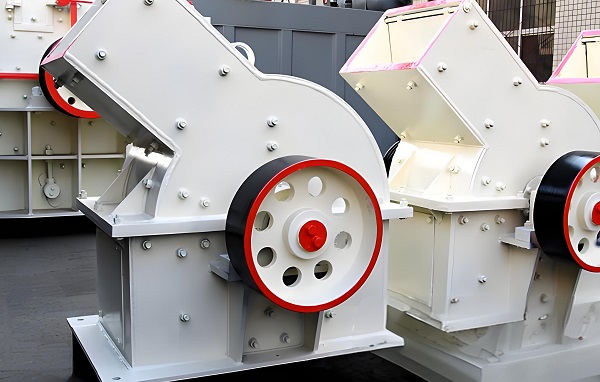
Hammer crusher is a device that crushes materials in the form of impact. It is an efficient and practical crushing equipment and is widely used in various industrial fields. It is suitable for environmental protection, cement, chemical, electric power, metallurgy and other industrial sectors to crush medium hardness materials. Hammer crusher has the advantages of simple structure, light weight, high production efficiency, low energy consumption, wear resistance and impact resistance, easy operation and maintenance, etc.
Preface: Hammer crusher is a kind of efficient crushing equipment, which crushes materials in the form of impact and is widely used in environmental protection, cement, chemical industry, electric power, metallurgy and other industrial sectors. The following is a detailed introduction to hammer crusher:
1. Overview of hammer crusher
Hammer crusher is a basic crushing equipment, which achieves the purpose of crushing by impacting and shearing materials with high-speed rotating hammers. It is usually divided into two forms: single rotor and double rotor, which can crush materials with a maximum particle size of 600~1800 mm to less than 25 mm. Hammer crusher has the advantages of simple structure, light weight, high production efficiency, uniform product particle size, low energy consumption, easy operation and maintenance, so it has been widely used in various industrial fields.
2. Structural composition of hammer crusher
Hammer crusher is mainly composed of box, rotor, hammer head, impact lining, screen plate, etc. Among them, the box is composed of lower body, rear upper cover, left wall and right wall, and the parts are connected as a whole by bolts. The rotor is the main working part of the hammer crusher, which is composed of main shaft, hammer disc, pin shaft, hammer head, etc. The hammer head is suspended on the hammer disc through a pin, and the working surface can be replaced according to the wear condition. The impact liner is located on the side wall of the crushing chamber, which plays a role of rebound and steering. The screen plate is installed under the rotor to control the particle size of the material.
3. Application field of hammer crusher
The hammer crusher is suitable for crushing various medium hardness and brittle materials, such as limestone, coal, salt, white ore, gypsum, alum, brick, tile, coal gangue, etc. In addition, it can also be used to crush fiber structure, elastic and tough wood, paper or crush asbestos cement waste to recover asbestos fiber, etc. It is also widely used in mining, construction waste crushing, construction waste scrap crushing, etc.
5. The advantages of hammer crusher mainly include:
a. Efficient crushing: It has high crushing efficiency and can complete the crushing of a large amount of materials in a short time.
b. Compact structure: The equipment is compact and occupies a small area, which can save space for process layout.
c. Strong adaptability: It can handle high hardness and large-block materials, and there is less stone powder during the crushing process.
d. Low energy consumption: Low energy consumption per unit product, which can effectively reduce production costs.
e. Easy operation: The equipment is easy to operate and easy to control, and does not require high skills from the operator.
6. Disadvantages of hammer crusher:
a. Fast wear of wearing parts: The main working parts such as hammer head, grate bar, liner, rotor, etc. wear quickly, and the wearing parts need to be replaced frequently, which increases the maintenance time and cost.
b. Easy to block: When crushing sticky and wet materials, the grate bar screen slits are easy to block, resulting in reduced production capacity, increased energy consumption, and accelerated wear of wearing parts.
c. Safety issues: If foreign objects such as non-breakable metal blocks fall into the crushing chamber, accidents may occur, affecting the normal operation and safety of the equipment.
d. Noise and vibration: Although the hammer crusher has relatively small noise and vibration when working, long-term operation may still have a certain impact on the working environment and operators.
PS: Hammer crusher is an efficient and practical crushing equipment with a wide range of applications and significant advantages. However, it is also necessary to pay attention to its shortcomings during use and take corresponding measures to improve and maintain it. With the continuous advancement of science and technology and the continuous development of industry, hammer crushers will be more widely used and developed.
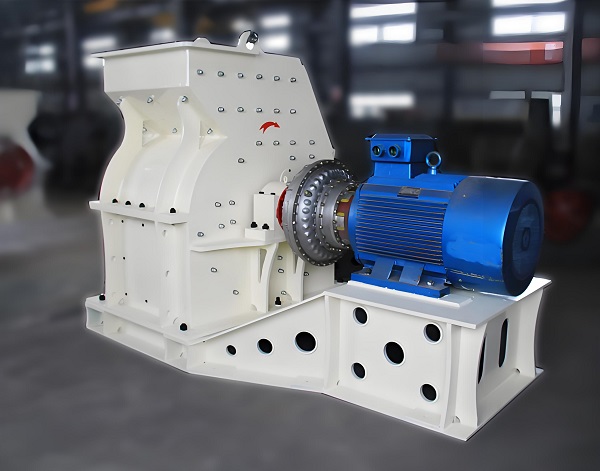
Choose the appropriate hammer crusher according to production needs:
Check the material of main parts. A hammer crusher quality is determined by the material of its components. Hammer head is the most important working part. Hammer head from Zhongcheng Machinery is casted with high chromium manganese steel with longer service life. In order to prevent the wear of the frame, manganese steel is used as the lining board to ensure the superior wear resistance and impact resistance.
Check the tightness of the body structure. Hammering the seal of the body structure can solve the problems of dust pollution and dust leakage of the body in the crushing workshop.
Check whether the grate gaps can be adjusted to control the outlet size.
Understand your material types, such as concrete, limestone, coal, iron ore, etc., as well as their hardness, humidity, and other characteristics.
Consider the operating costs such as energy consumption and maintenance costs of the equipment, and choose equipment with better long-term benefits.
The particle size adjustment of the discharge is convenient and can be flexibly adjusted according to production needs to ensure a reasonable grading of the finished material.
The workbench has low noise and minimal vibration impact, providing a comfortable working environment for operators.
The overall design has a beautiful appearance, compact structure, small footprint, few vulnerable parts, and easy maintenance.
It can crush various minerals, construction waste, concrete and other materials, and has strong material adaptability.
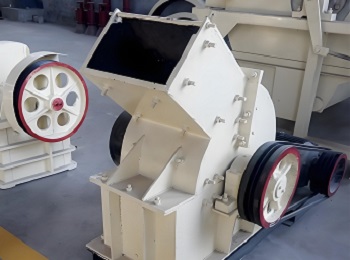
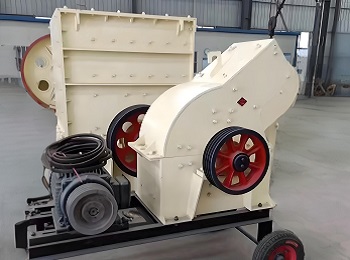
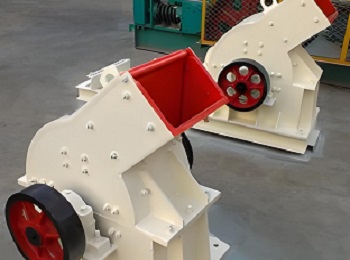
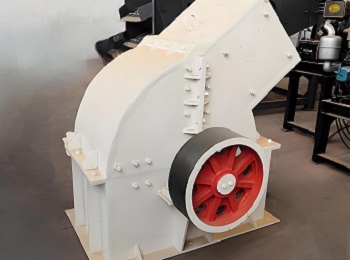
The working principle of a hammer crusher mainly relies on the high-speed rotating hammer head to impact, shear, and friction the material. The specific process is as follows:
Motor drive: The motor drives the rotor to rotate at high speed, which is the power source for the entire crushing process.
Material feeding: The material is uniformly fed into the crushing chamber, which is usually achieved through a feeding device.
Hammer impact: When the material enters the crushing chamber, the high-speed rotating hammer impacts the material, causing it to be initially crushed.
Counterattack and Friction: The crushed material will bounce back onto the counterattack plate inside the crushing chamber, and be subjected to impact and friction again, thereby further crushing. This process helps to refine the particle size of materials.
Screening and discharge: The crushed material is screened through a sieve plate. Materials that meet the particle size requirements are discharged from the machine, while materials that do not meet the requirements continue to remain on the sieve plate and receive hammer strikes and grinding until the desired particle size is reached.
Gravity effect: During the crushing process, the gravity of the material itself also plays a certain role, causing the material to rush from the high-speed rotating hammer head towards the baffle, sieve bar and other components inside the frame, which helps with the crushing and screening of the material.
In summary, a hammer crusher uses a motor to drive the rotor to rotate at high speed, utilizing the impact, shear, and friction of the hammer head, as well as the gravity of the material, to achieve material crushing and screening. This process is efficient and flexible, and can be adjusted according to different material characteristics and production needs.

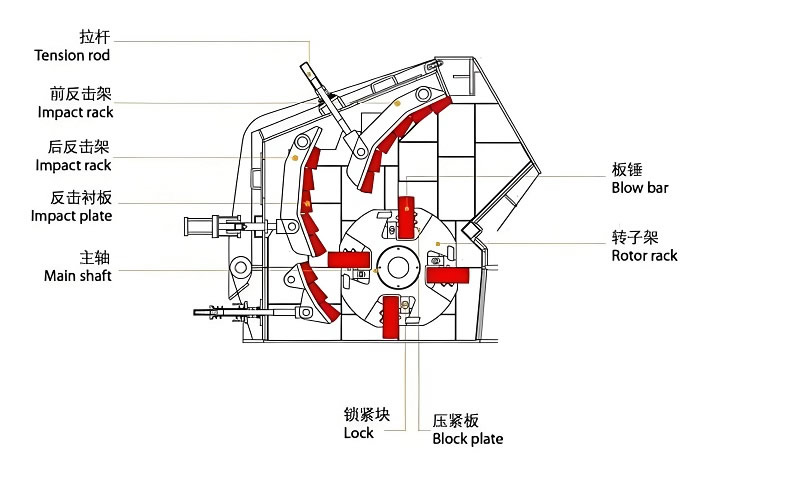
| Model | Input Size (mm) | Output Size (mm) | Capacity (t/h) | Power (kw) |
| ZCHC400x300 | <100 | <15 | 5-10 | 11 |
| ZCHC600x400 | <220 | <15 | 10-25 | 22 |
| ZCHC800x600 | <350 | <15 | 20-40 | 55 |
| ZCHC1000x800 | <400 | <15 | 25-80 | 110 |
*The output will vary according to different materials, feed particle size and other factors.
Save Time! Get A Detailed Quotation Quickly.
